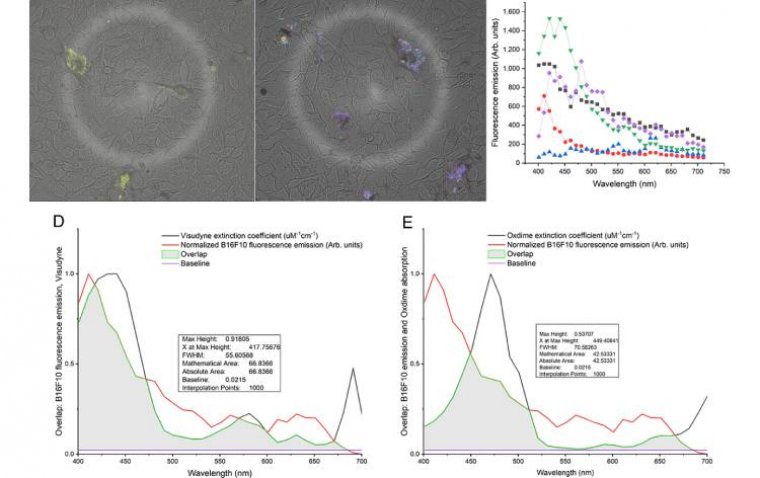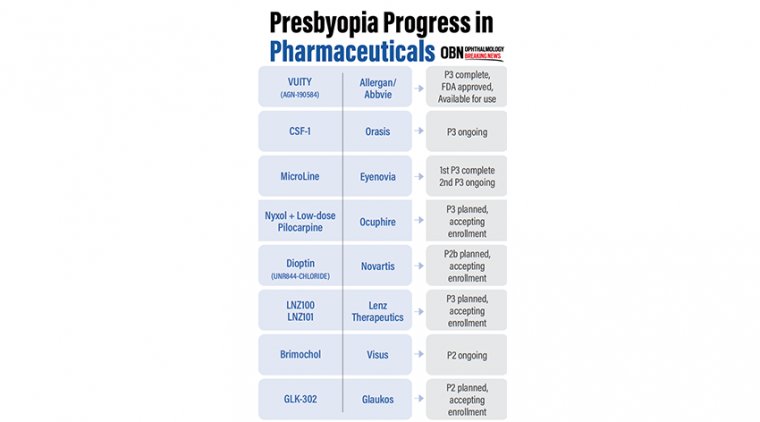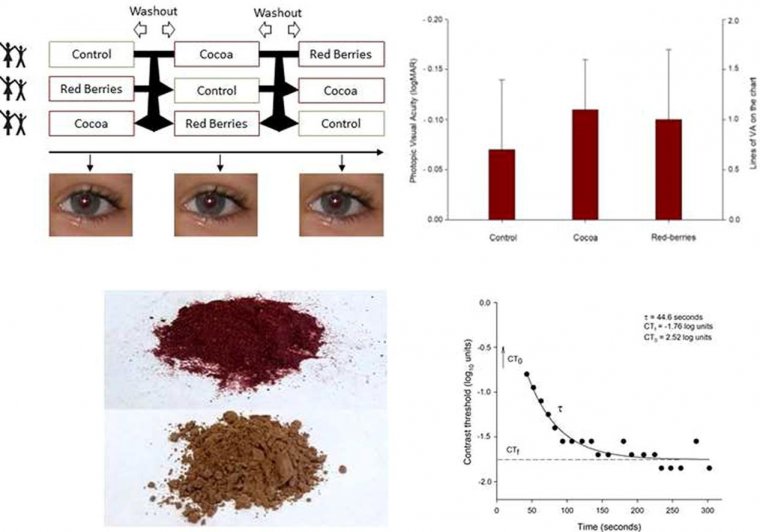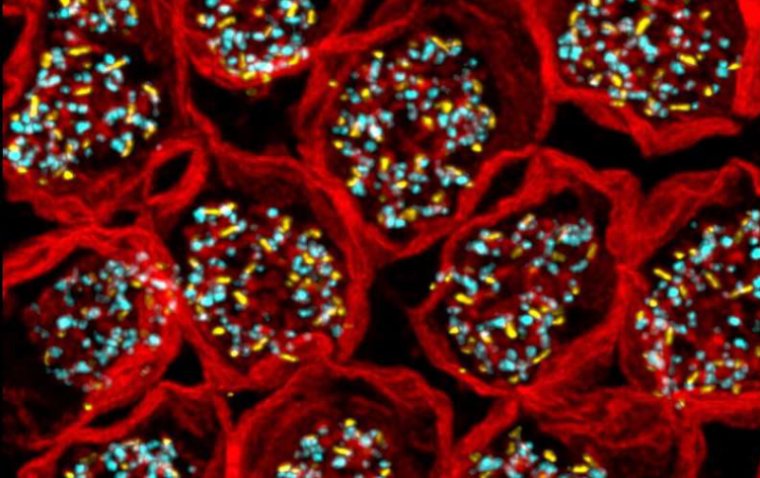
Researchers Develop Novel Phototherapy Technique to Treat Ocular Melanoma
Scientists from the Optics and Photonics Research Center (CePOF) in Brazil, along with collaborators from the University of Toronto and Princess Margaret Cancer Center in Canada, have achieved a significant breakthrough in cancer treatment. Their study, published in Proceedings of the National Academy of Sciences, details the successful use of a novel phototherapy technique to eliminate ocular melanoma in mice.
Overcoming Challenges in Melanoma Treatment
Photodynamic therapy, involving the application of light to activate drugs, has shown promise in treating various cancers but has been challenging for melanoma due to the pigment melanin absorbing much of the light. The team overcame this hurdle using a femtosecond pulsed laser, which emits ultrafast bursts of high-energy light precisely targeted to minimize damage to surrounding healthy tissue.
"This method allows us to deliver two photons with minimal energy and in an extremely short time, effectively targeting the biological molecules without causing significant collateral damage," explained Professor Cristina Kurachi from IFSC-USP, leading the Brazilian team.
Effective Treatment and Safety
The technique, which utilized the drug Visudyne known for treating macular degeneration, resulted in complete tumor eradication without visible residual tumors in the mice models. According to Layla Pires, a researcher at Princess Margaret Cancer Center, the therapy was particularly effective against pigmented tumors, highlighting melanin's role as a mediator in the treatment's success.
Moreover, the procedure demonstrated safety and selectivity, preserving adjacent structures while potentially boosting the immune response against cancer cells. "The findings mark a paradigm shift in biophotonics, challenging the notion that pigmented lesions are untreatable with light-based therapies," Pires added.
Despite these promising results, the researchers caution that further studies, including trials with humanized mice and subsequent human trials, are necessary before clinical application. Development of specialized instruments, such as an adapted ophthalmoscope for treating ocular tumors, is also underway to facilitate future clinical use.
"This discovery opens doors for more effective and less invasive treatments for ocular melanoma, addressing current limitations of existing therapies," noted Professor Brian Wilson from the University of Toronto. The interdisciplinary research team anticipates broader applications of their technique in treating other types of tumors, such as retinoblastoma in children.
About Ocular Melanoma
Ocular melanoma, also known as uveal melanoma, is a rare form of cancer that develops in the eye's uveal tract—the layer that includes the iris, ciliary body, and choroid. It arises from the abnormal growth of melanocytes, the cells responsible for producing melanin, which gives the eyes their color. Ocular melanoma differs from skin melanoma in its occurrence and treatment challenges, often diagnosed in adults aged 50 to 70 years old. Symptoms may include blurred vision, flashes of light, and changes in the appearance of the eye.
Reference
Layla Pires et al, Femtosecond pulsed laser photodynamic therapy activates melanin and eradicates malignant melanoma, Proceedings of the National Academy of Sciences (2024). DOI: 10.1073/pnas.2316303121
(1).jpg)










